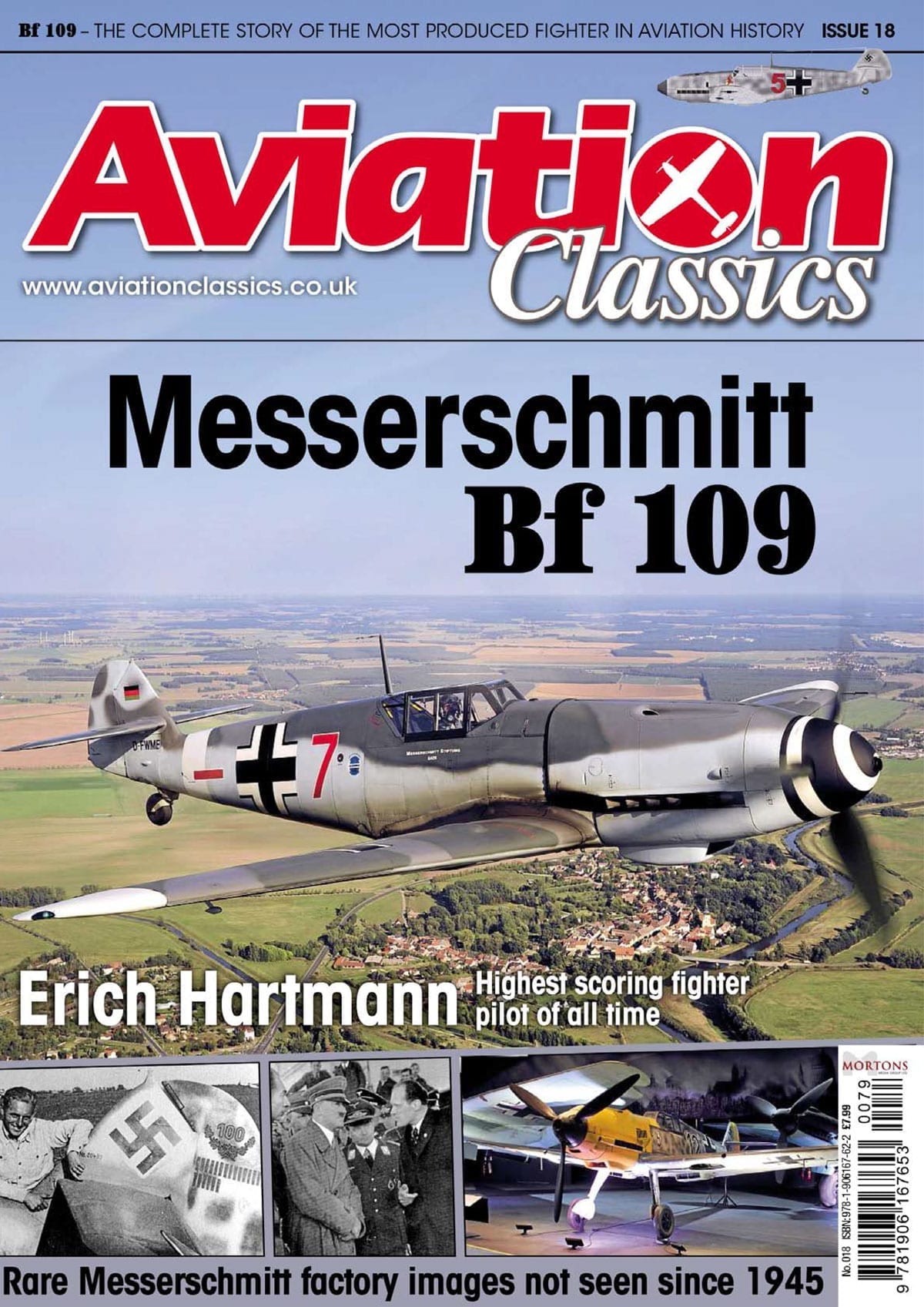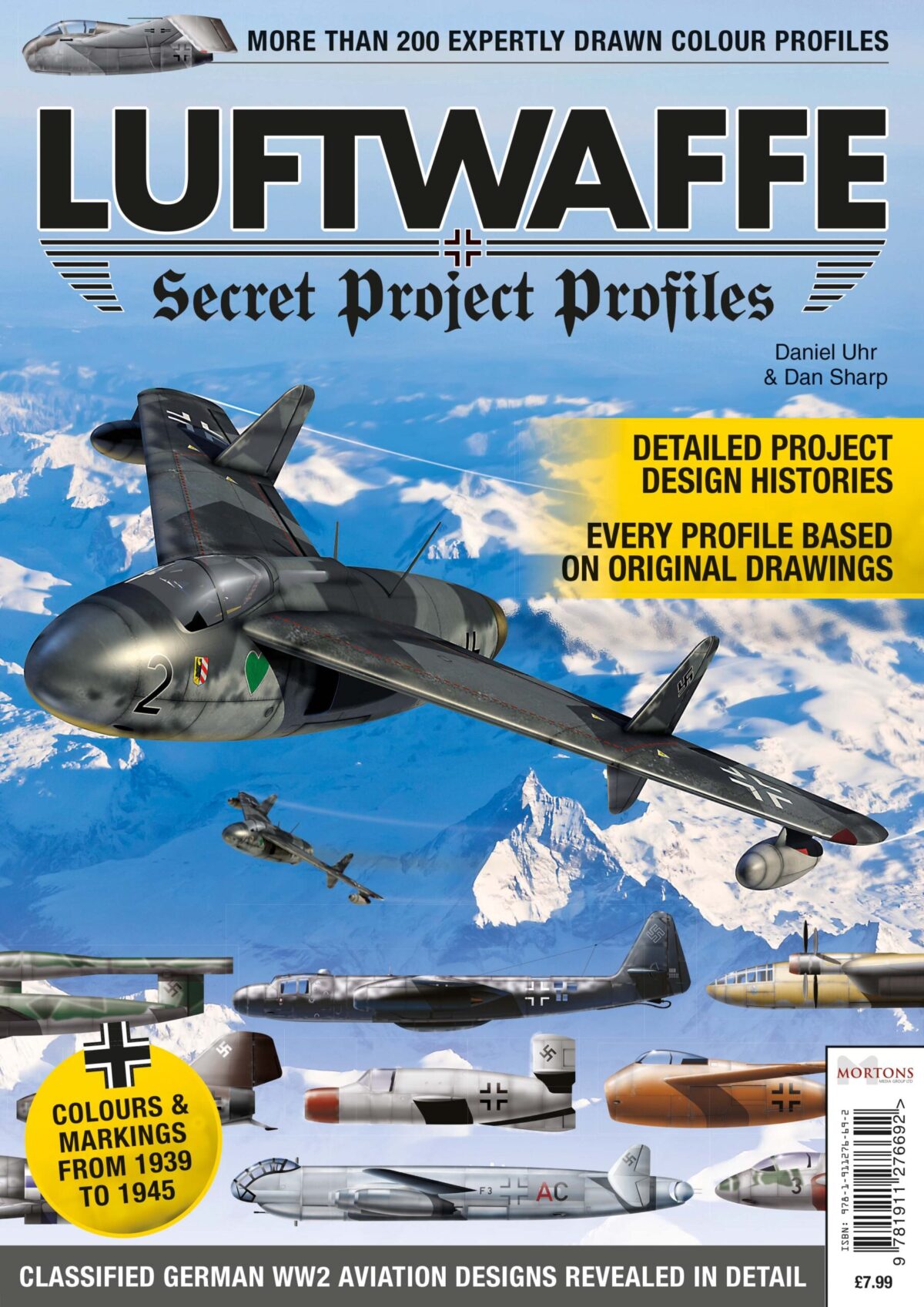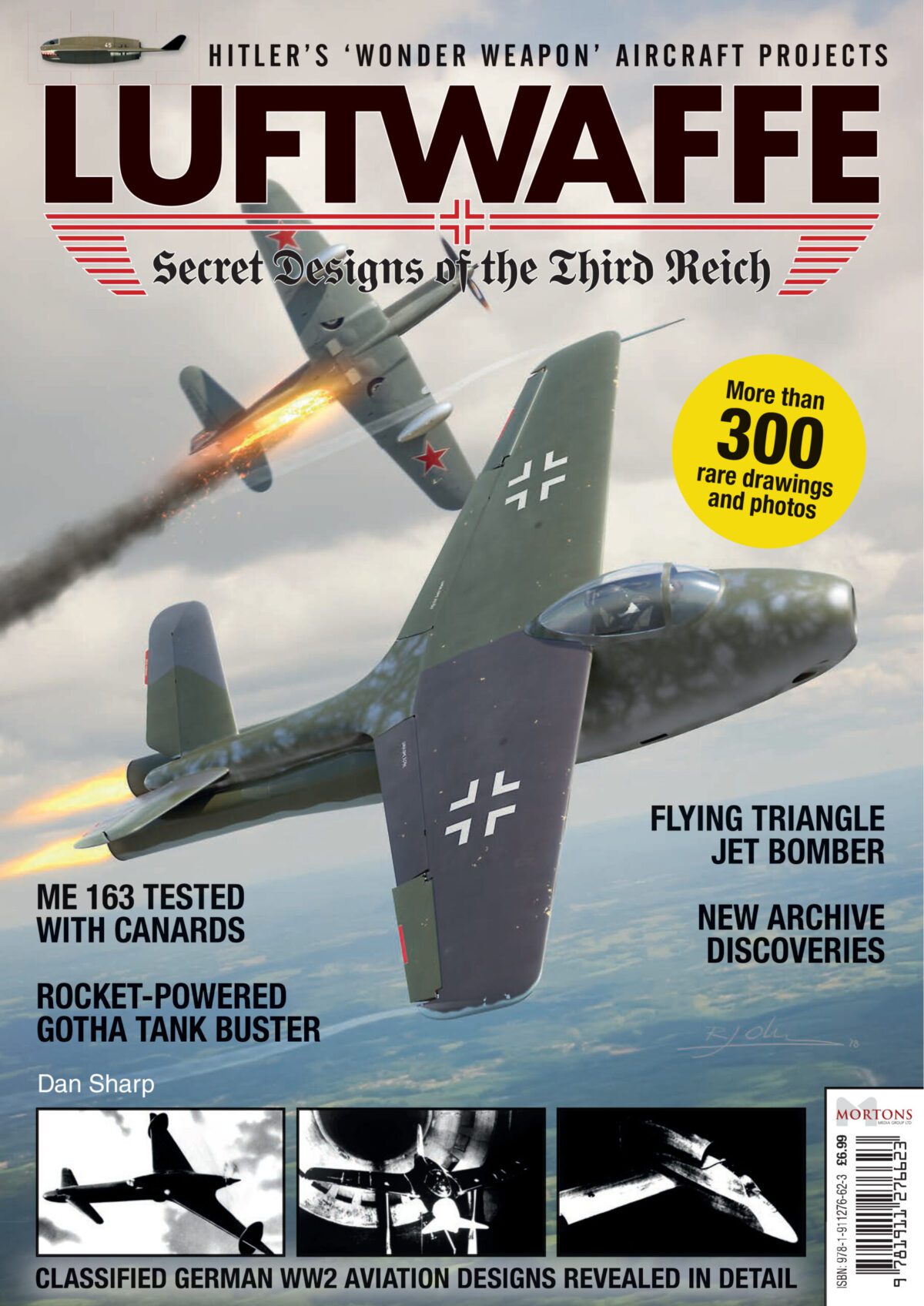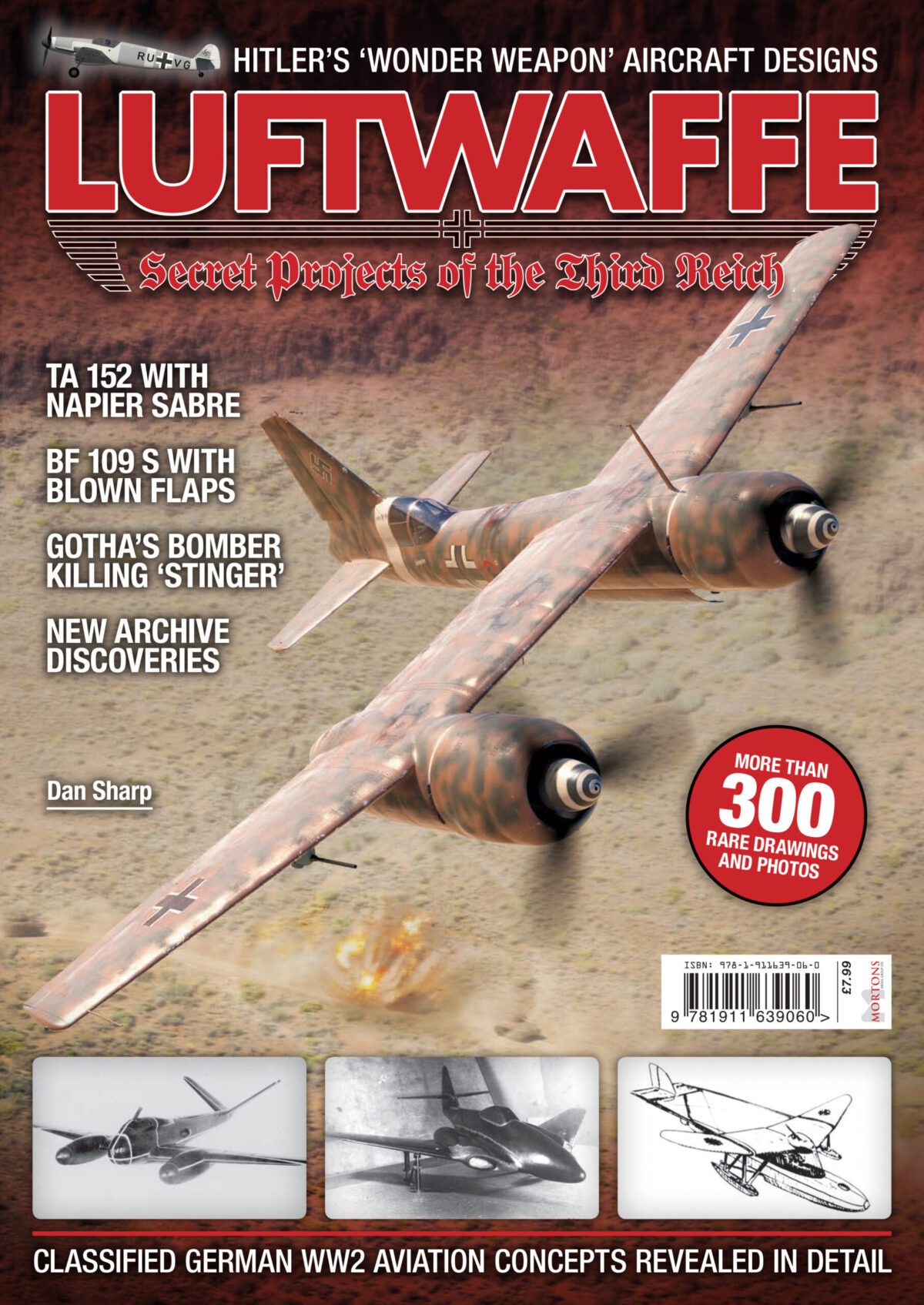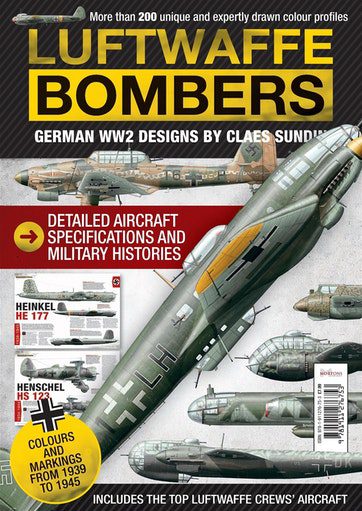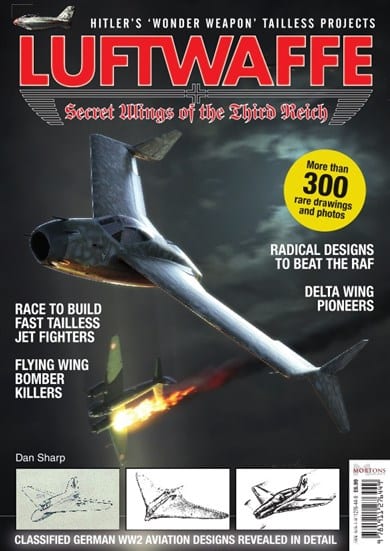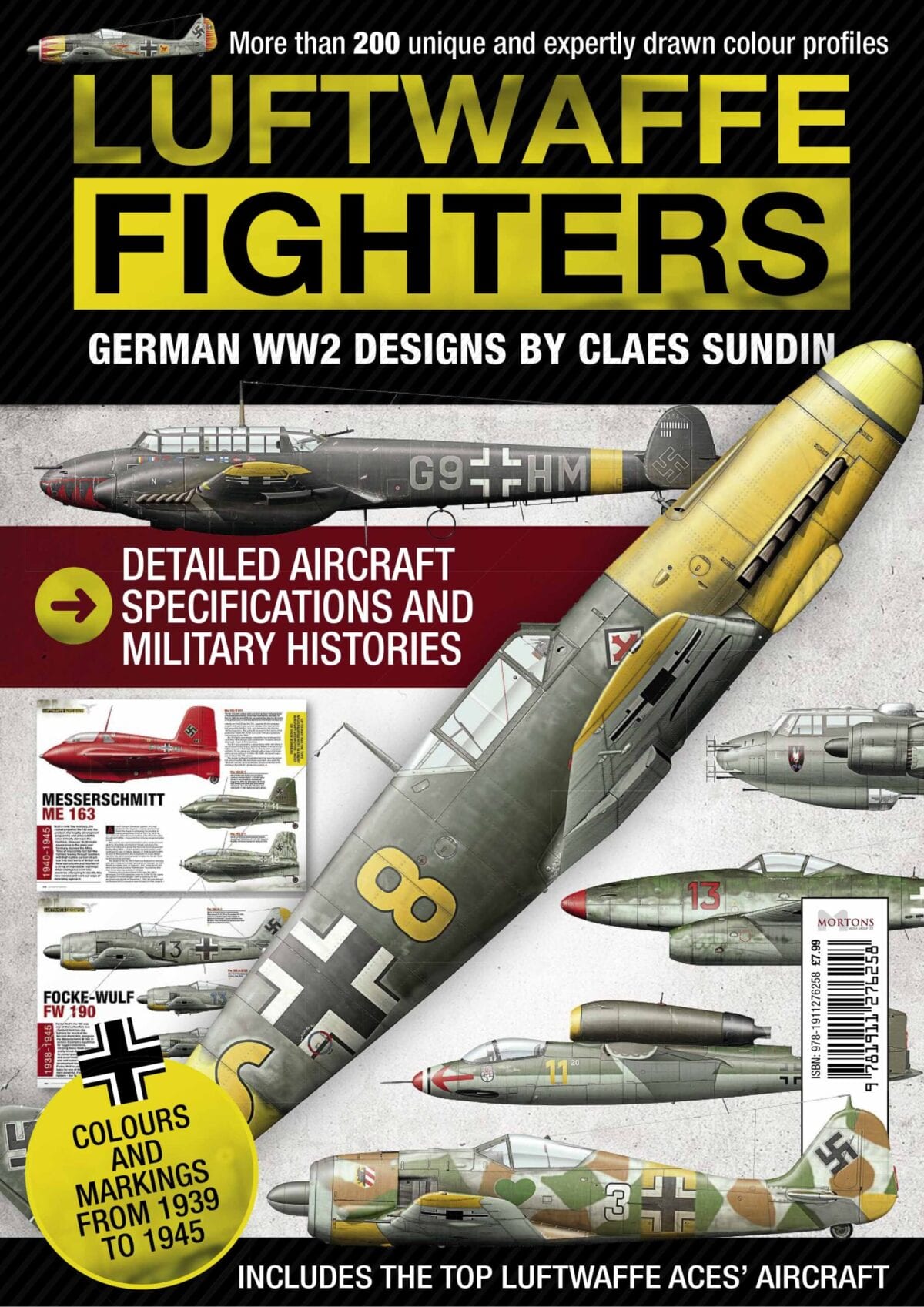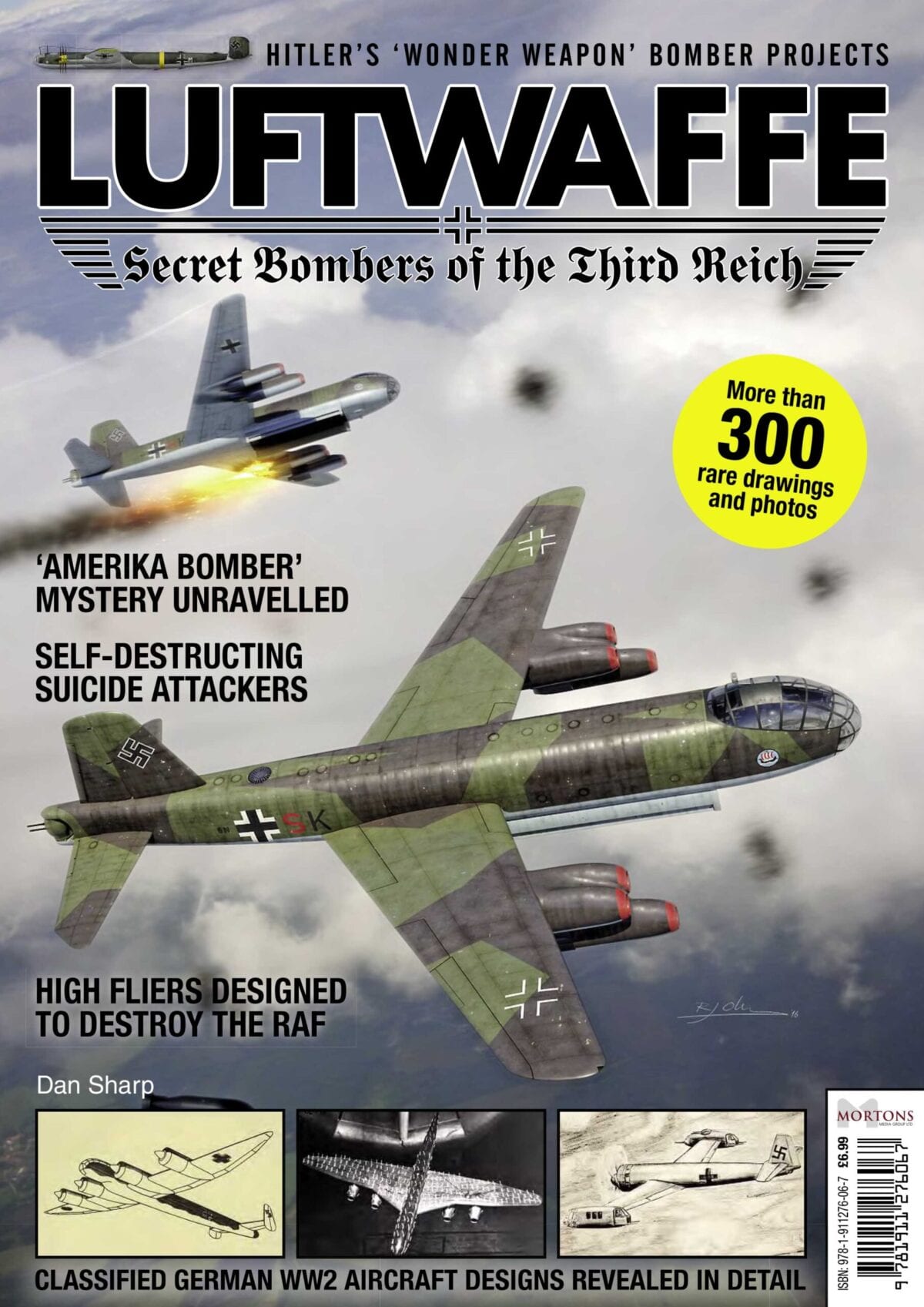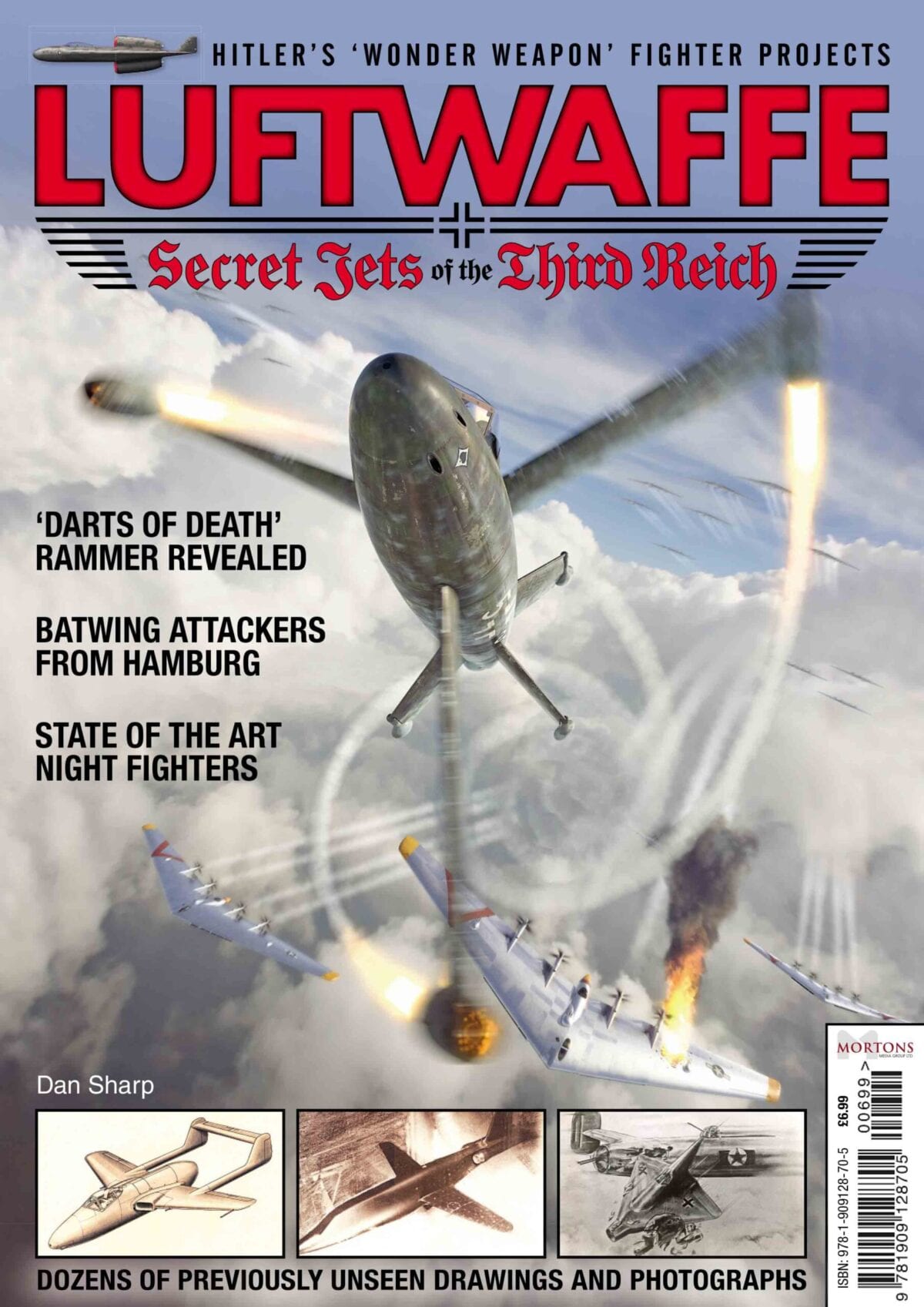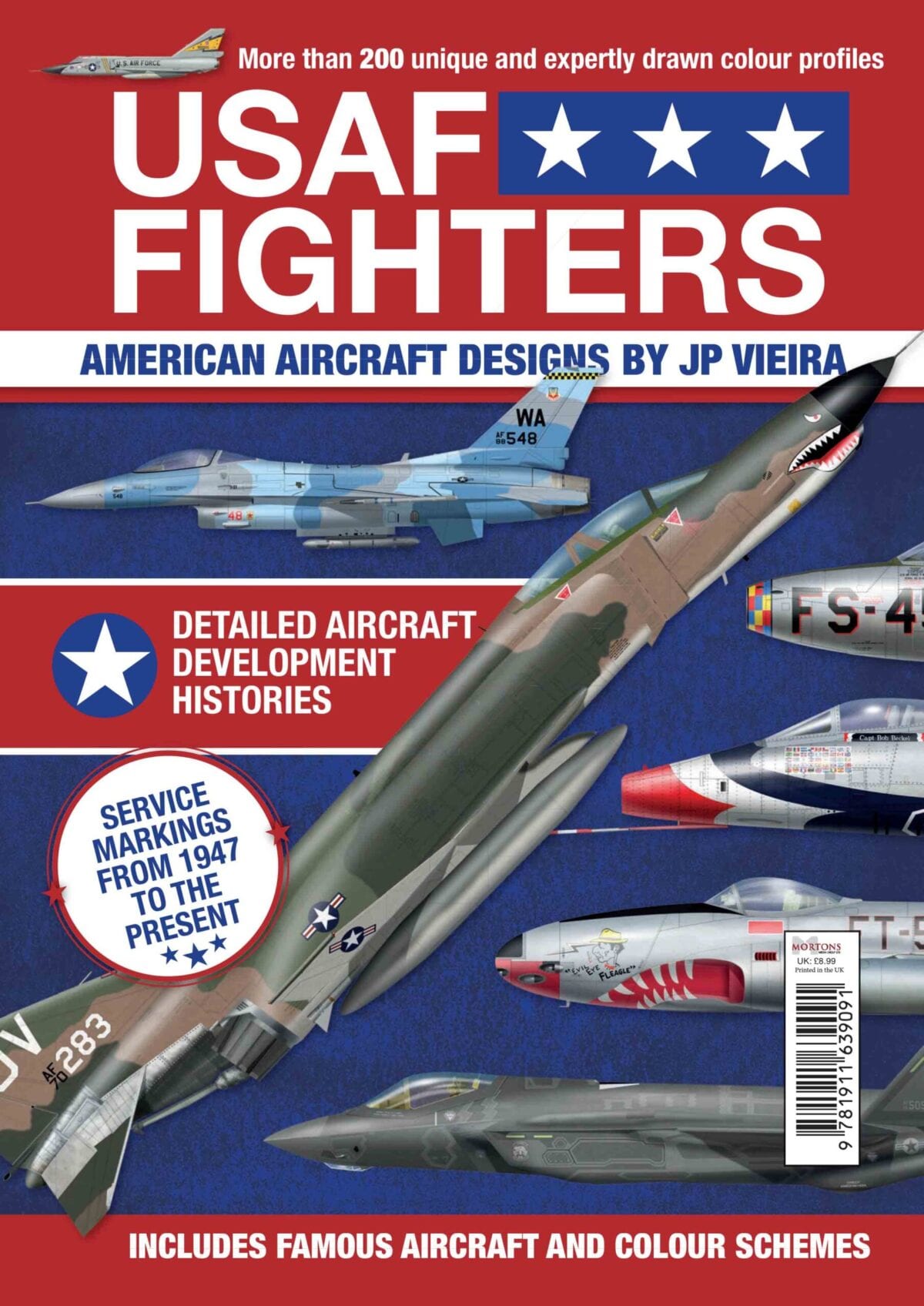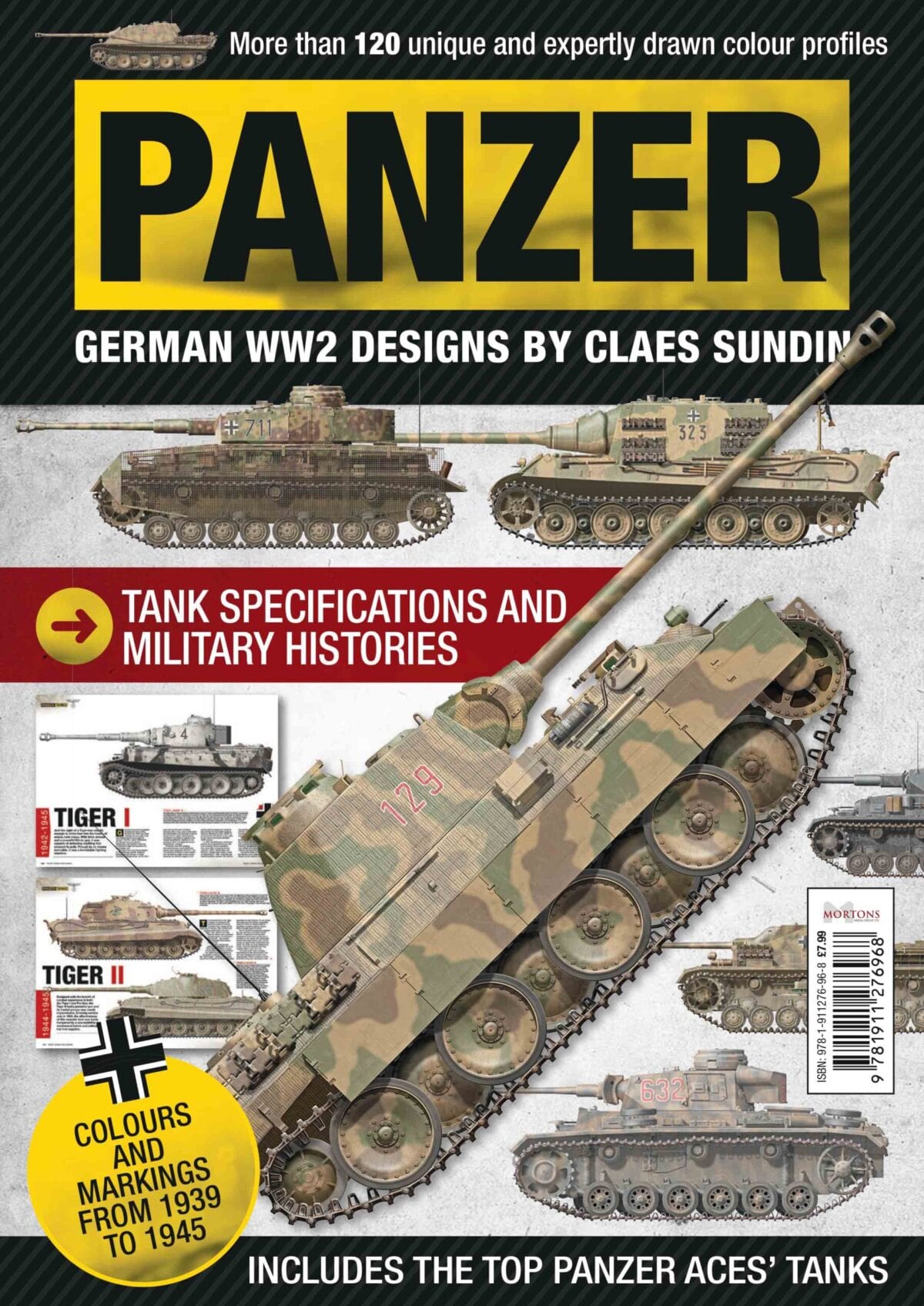This issue of Aviation Classics takes a leap back to the Second World War and what is arguably the greatest piston engined fighter of all time, the Messerschmitt Bf 109, often referred to as the Me 109.
Designed by Willy Messerschmitt and Robert Lusser in response to an official requirement for a new single seat fighter issued in February 1934, the prototype made its first flight in May 1935 in the hands of Hans-Dietrich Knoetzsch.
Edited and compiled by Tim Callaway, who comes from an aviation background and has extensive knowledge of all things aviation-related, this issue of Aviation Classics will again comprise the publication’s now-established high-quality mix of features and photographs. This 132 page glossy A4 perfect bound ‘bookazine’ will include the following features:
- Design and production: Interestingly, neither the Junkers nor Daimler-Benz engines were ready in time, so the first flights were made powered by a Rolls Royce Kestrel VI. This was to be the first of 33,984 Messerschmitt Bf 109s produced, making it undoubtedly the most produced fighter aircraft of all time, 13,633 more than the next most produced fighter, the Supermarine Spitfire, and the fourth most produced aircraft of all time.
- Operations: Starting with the Spanish Civil War, the Luftwaffe was to use the 109 in every theatre it was deployed to during the Second World War as a fighter, interceptor, fighter bomber and photo-reconnaissance aircraft. It was to be the mount of all of the great German aces of the war, including Erich Hartmann, the highest scoring fighter pilot of all time, whose story is told in detail in this issue.
- Upgrades and customisation: Like the Spitfire, the 109 was to be developed into a large number of versions as higher performance and armament were demanded by the pressures of war.
- Post-war production and use: At the end of the conflict the 109 was produced under license in Czechoslovakia by Avia and in Spain by Hispano, each of whom produced their own distinctive models of the fighter. Each of these is examined in detail to tell the complete story of this famous fighter.
Author: Tim Callaway
